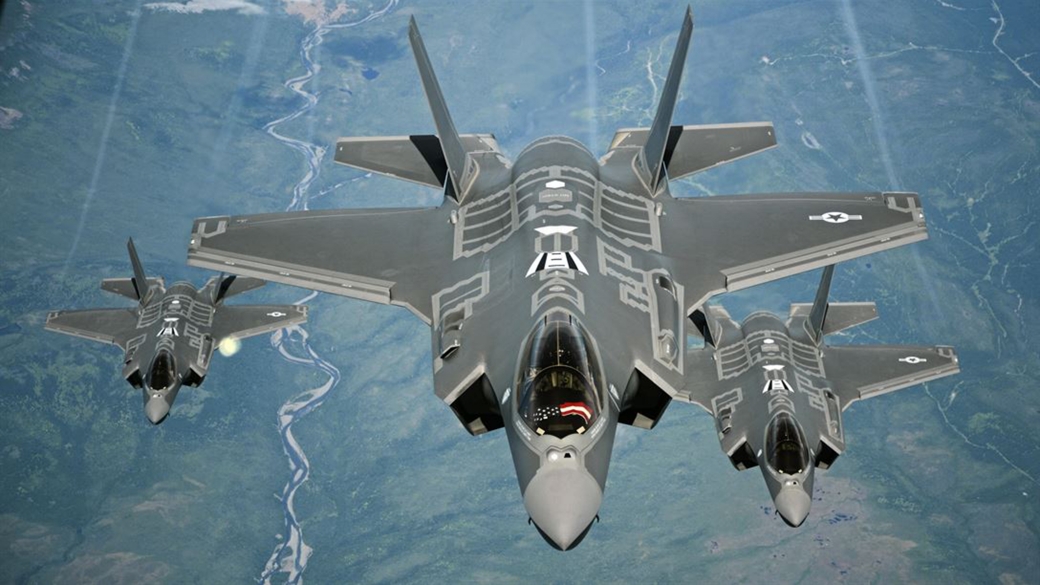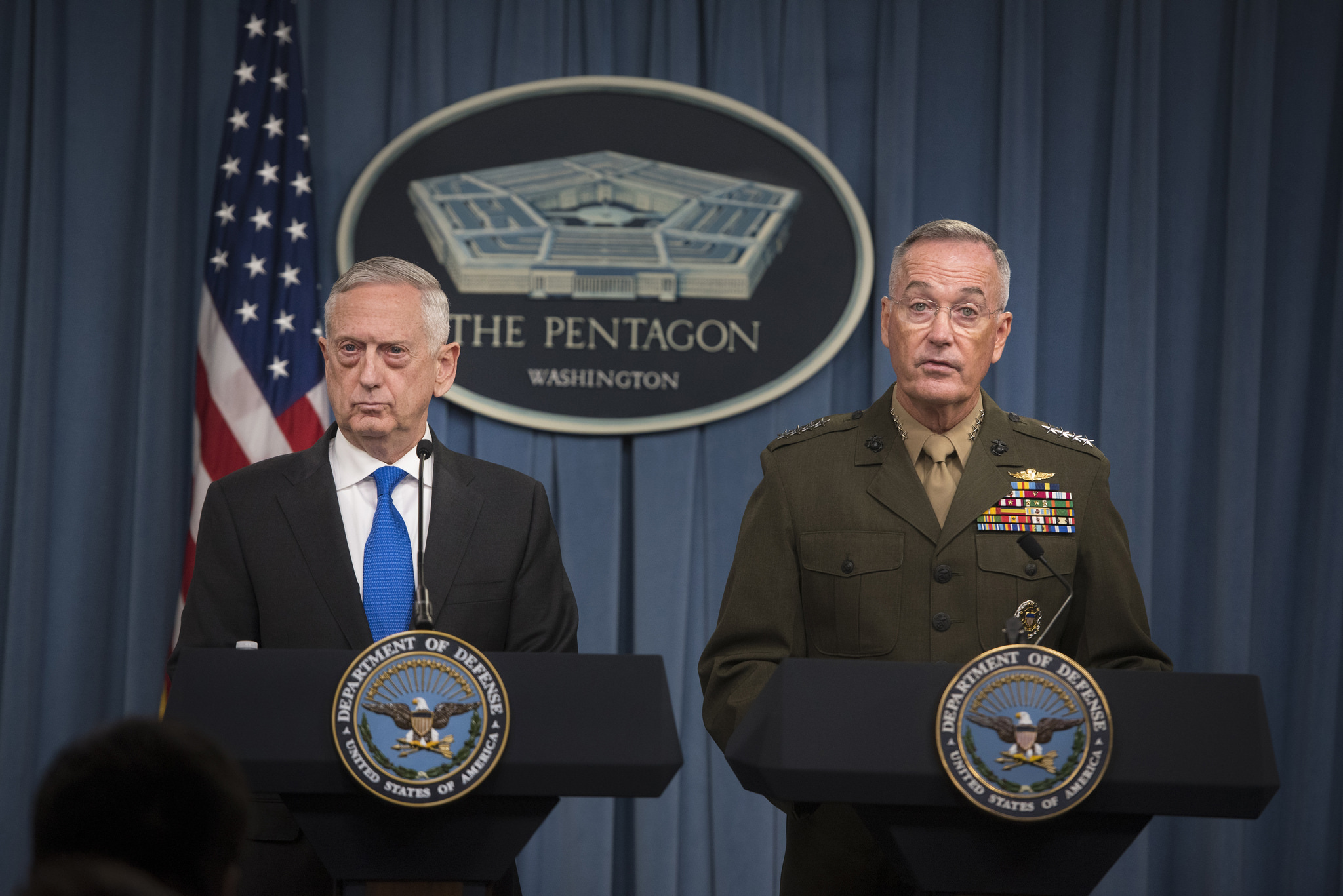Election Security Isn’t as Bad as People Think
When it comes to election security, it’s easy to play into the fear, uncertainty, and doubt. But for all the talk around election security, the problem isn’t as bad as many people think — and it is getting better.










